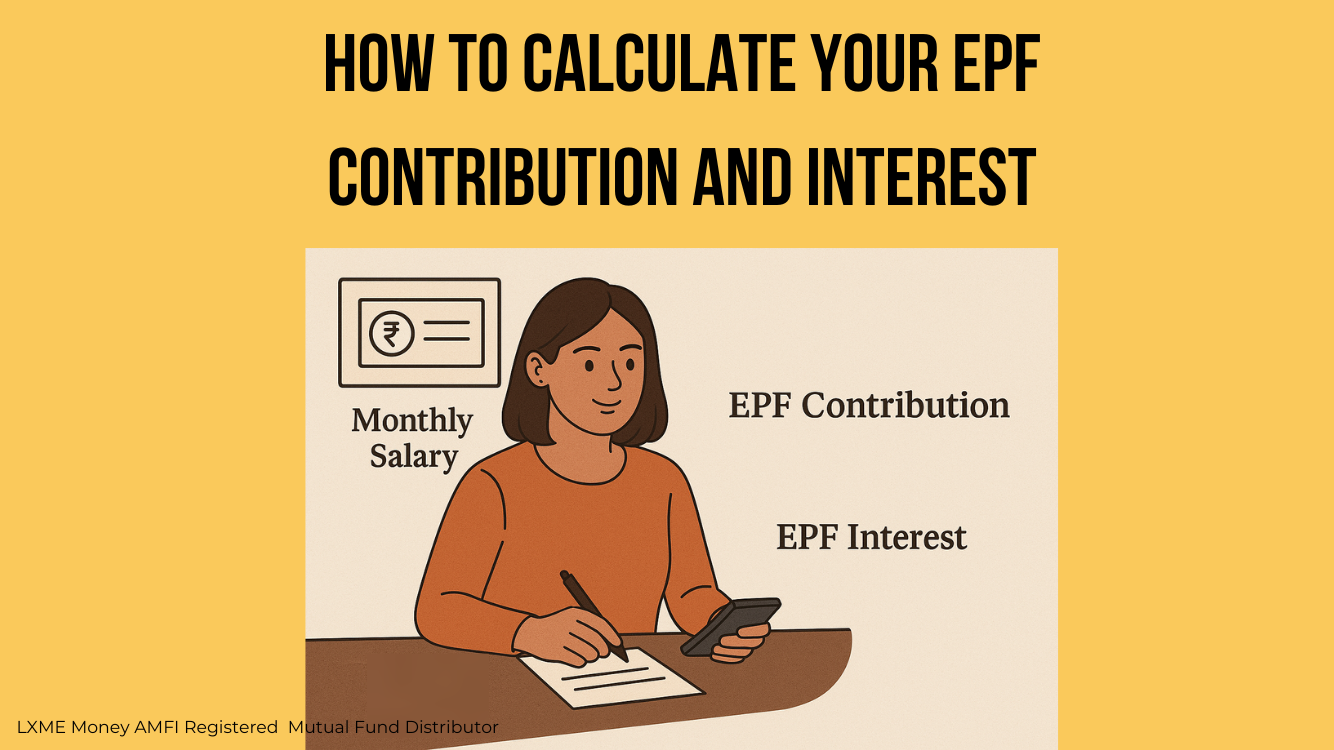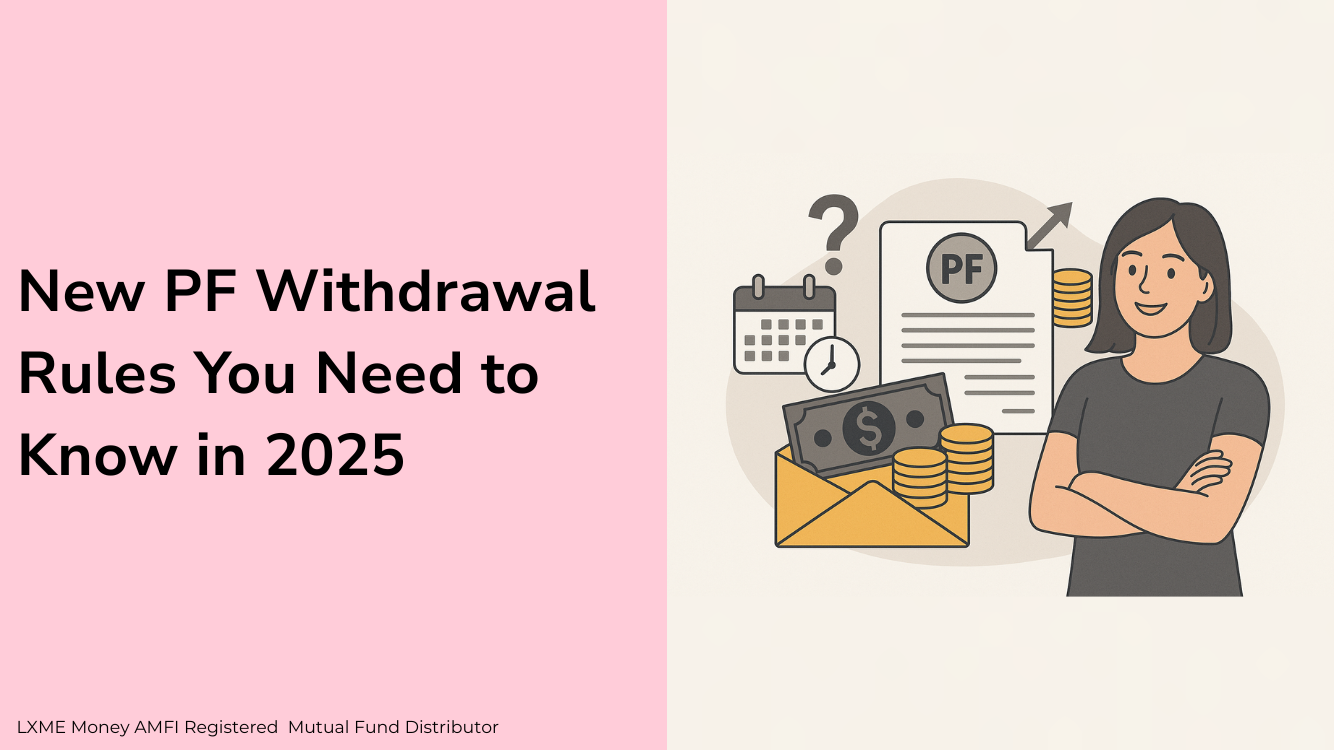Retirement doesn’t mean one stops planning financially. In fact, it’s the most important time to protect savings and ensure a steady monthly income, as during that time, we don’t have the energy to work daily and earn money.
Many women from our moms’ or grandmoms’ generation didn’t always have control over finances earlier. But now, they deserve that confidence and financial independence. And with the right investment options, it’s possible. In this blog, we’ll go through the best investments for senior citizens, while also highlighting how financial literacy for women can empower them to make informed decisions and secure their future with confidence.
What are the 6 investment options for senior citizens?
1. Senior Citizen Savings Scheme (SCSS)
This is one of the most preferred schemes among retired individuals. It is a post office savings scheme that is backed by the Government and offers better interest rates than normal fixed deposits. It’s perfect for women who want regular income with fixed returns and safety.
Once invested, the scheme pays interest every quarter (3 months), making it easy to handle day-to-day expenses.
Key Features:
Regulated by: Government of India
Age Eligibility: 60 years and above
Interest Rate: 8.2%*(paid quarterly) (w.e.f 01.01.2025 to 31.03.2025)
Lock-in Period: 5 years
Minimum Deposit: ₹1,000
Maximum Limit: ₹30 Lakh
Risk Level: Very low (Government-backed)
2. Post Office Monthly Income Scheme (POMIS)
This is another Post Office Savings Scheme for senior women who want monthly income. POMIS is a safe investment where you receive guaranteed monthly payouts. This can be great for women who want a steady income after retirement or who prefer regular cash flow.
Key Features:
– Regulated by: Government of India
– Interest Rate: 7.4* (paid monthly) (w.e.f 01.01.2025 to 31.03.2025)
– Minimum Age: 10 yrs
– Maturity: 5 yrs
– Minimum Deposit: ₹1,000
– Maximum Limit: ₹9 Lakh (Single A/c), ₹15 Lakh (Joint A/c)
3. Senior Citizen Fixed Deposits (FDs)
Banks offer special fixed deposit schemes, especially for senior citizens, with slightly higher interest rates than regular FDs. This is a great choice if your parent is looking for short to medium-term investment with low risk.
Plus, you can choose the frequency of interest payouts can be monthly, quarterly, or at maturity.
Key Features:
– Regulated by: Reserve Bank Of India (RBI)
– Interest Rate: 2.5% to 9.1%
– Tenure: Flexible – from 7 days to 10 years
– Investment Limit: Depends on the bank
– Liquidity: You can break the FD early (some penalty may apply)
4. Mutual Funds with SWP (Systematic Withdrawal Plan)
A Mutual Fund pools money from various investors and puts these funds into different assets such as equity, debt, gold, etc., depending on the specific scheme chosen by the investor. It is professionally managed and monitored by a fund manager with the aim of generating returns for the investors. You can either do it by doing an SIP or in Lumpsum. If you wish to have a quick glance of the returns you can try our Lumpsum Calculator for Lumpsum returns or our SIP Calculator for SIP returns.
One smart way to use mutual funds after retirement is through something called a SWP – Systematic Withdrawal Plan.
Here’s how it works: You invest a lump sum in a mutual fund (usually a debt or balanced fund) and then withdraw a fixed amount every month. It’s like creating your own monthly salary, but from your investments!
Key Features:
– Regulated by: Securities Exchange Board of India (SEBI)
– Return: Varies according to the scheme (market-linked returns)
– Minimum Investment: ₹100
– Maximum Limit: No limit
– Minimum Age: 60 years
– SWP: Custom monthly withdrawal, without breaking the investment
This is suitable for women who want a mix of steady income and potential for slightly better returns.
5. National Pension Scheme (NPS):
National Pension Scheme (NPS) is a pension cum investment scheme launched by the Government of India to provide security at the time of retirement to Citizens of India. It is an attractive long-term saving avenue to effectively plan your retirement through investing in different asset classes available under NPS. One can open two types of accounts under NPS: Tier I Account and Tier II Account.
Key Features:
– Regulated by: PFRDA
– Return: Market-linked
– Minimum & Maximum age: 18 years to 70 years
– Maturity: Till age 60, if investment started after 60 then they can continue till 75 years.
– Mininmum Investment: Tier I – ₹500, Tier II – ₹1,000
6. National Savings Scheme (NSC)
The National Savings Certificate (NSC) is a savings option by the government that is backed by and offered by India Post. These certificates earn fixed interests to provide stable and long-term income.
Key Features:
– Regulated by: Government of India
– Interest Rate: 7.7%* (compounded annually) (w.e.f 01.01.2025 to 31.03.2025)
– Minimum Age: 10 years
– Duration: 5 years
– Min Investment: ₹1,000
– Max Investment: No limit
*The government revises interest rates on a periodic basis
Ideally, even for your retirement you should invest across different asset classes and diversify your portfolio against equity, debt, gold, and fixed-income instruments this way you can manage your risk and optimize your returns.
Ladies, these were investment options for senior citizens, now, whether it’s your mom, dadi, or yourself planning for retirement, it’s never too late to take control of your finances. These investment options are not only safe but also designed for consistent income, peace of mind, and financial dignity in the golden years.
If you wish to calculate how much retirement fund you will require then you can calculate using Lxme Retirement Calculator. Also, you can start investing for your own retirement through the Lxme app, a mutual fund platform which offers expert-curated mutual fund portfolios.
FAQs:
How can senior citizens diversify their portfolios with these investment options?
Senior citizens can diversify their portfolios by spreading their investments across different asset classes like equity, debt, gold, and fixed-income instruments. This helps balance safety, regular income, and potential growth. Don’t put all your money in one basket.
What considerations are important regarding risk and liquidity for each option?
When investing, senior citizens should consider both risk and liquidity. Government-backed options like SCSS, POMIS, NSC, and PMVVY are very safe but have lock-in periods, so liquidity is limited. Senior Citizen FDs are also low-risk and offer some liquidity if broken early. Mutual Funds with SWP carry moderate risk but offer high liquidity, as money can be withdrawn anytime.
Further read:












